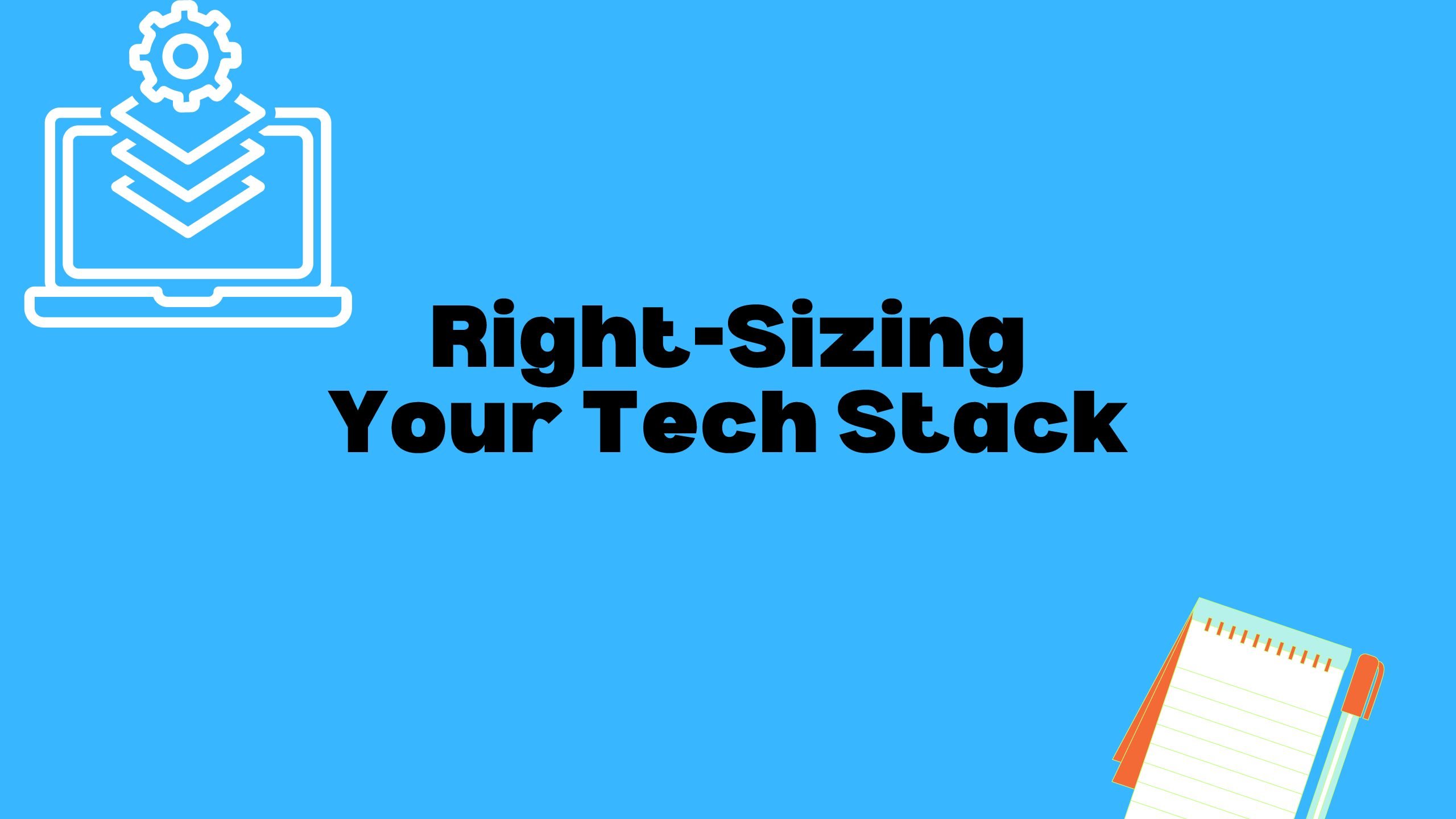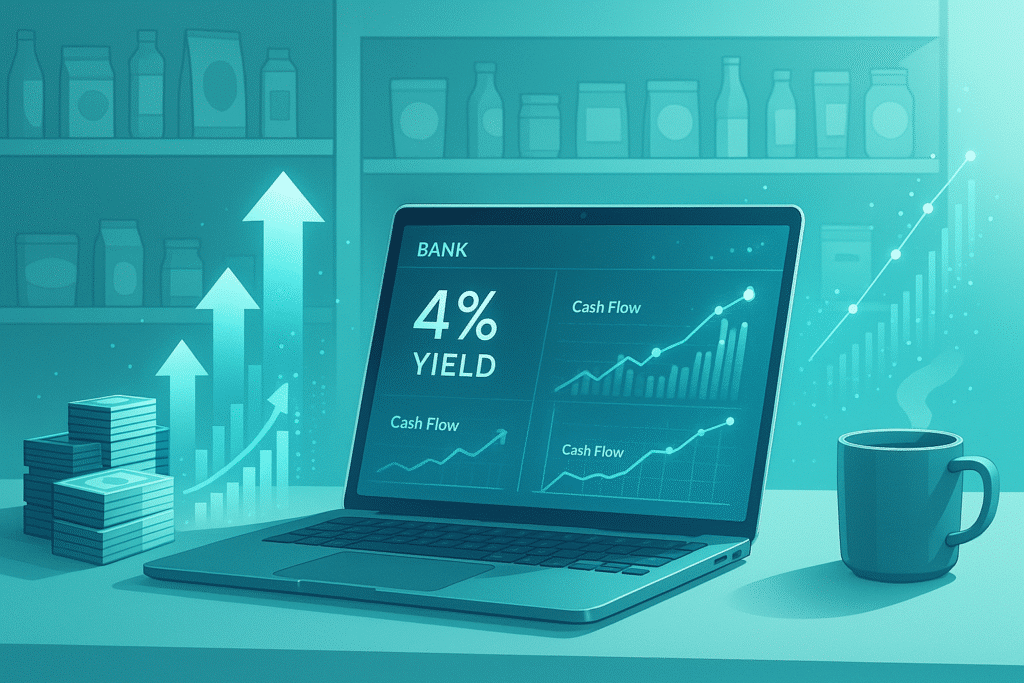- Operations
Right-Sizing Your Tech Stack
By:

Sponsored by: Wizard Accounting & Consulting helps CPG businesses take control of their financial data with expert bookkeeping, cash flow insights, and inventory tracking solutions. They specialize in beverage and have helped a wide array of businesses in the industry maximize their potential. They offer 25% off first 3 months with 4 month commitment.
Startups love a good software tool, and for good reason. Platforms like Shopify, Stripe, and various inventory tracking software’s make it easier to run the front end of your business. Now the back office? That’s another story.
As CPG brands scale, the tech stack often balloons. One platform for invoicing with an external payment processor. Another for ecommerce. One for warehouse integration. Another for the sales team metrics. And suddenly, it takes multiple systems just to mark one invoice as paid.
Here’s what happens when your tools start working against you, and how to bring order to the chaos.
How Tool Overload Creates Friction
It usually starts gradually. You adopt one tool for online orders, another to manage distributor invoices, and another for inventory reconciliation. Each platform solves one problem, but together, they create a whole new set of headaches:
- Payments must be marked as received in multiple systems manually
- Sample shipments show up in sales reports unless tracked separately
- Inventory numbers don’t match across tools
- You need to hire more people to manage these systems, but the sales aren’t going up enough to support it
The more platforms you bolt on, the more fragile your accounting foundation becomes. When growth accelerates, these inefficiencies scale with it.
Building a System That Actually Works Together
Technology is only helpful when it works together.
Here’s how I help clients simplify the chaos:
- Tagging promotional or sample SKUs at the warehouse/IMS level
- Ensuring tools like Shopify and warehouse software communicate in real time
- Using connectors like A2X to link ecommerce sales to accounting software accurately
- Reconciling transactions monthly to catch mismatches and uncategorized expenses
Automation can go a long way, but human oversight is essential. You need someone who can read the story your numbers are telling, and make sure each platform is playing its part.
Right-Sizing Your Tech Stack for Your Revenue Stage
Not every $1M brand needs a full suite of finance tools, and not every $5M brand can keep running on spreadsheets and guesswork.
Founders should evaluate their finance stack by asking:
- Do I have clear visibility into inventory, cash, and revenue, by channel?
- How many tools are solving the same problem?
- Can I easily pull numbers for investors, taxes, or team planning?
A clean stack doesn’t mean fewer tools, it means the right ones, working harmoniously.
Wrap-Up
The right tech stack should make your life easier. If your systems are fragmented, slow, or duplicative, you’re leaving time and clarity on the table.
By connecting your platforms and aligning them under a unified financial strategy, you create a back office that powers your growth, instead of slowing it down.







